"I recently had my roof replaced by Boston Roofing and Engineer Mr. Souza was outstanding. His expertise and dedication were evident throughout the entire project. If you're looking for roofing in Boston, Massachusetts, I highly recommend Boston Roofing."
Boston Roofing
Your Top Destination for Roofing Services in Boston
Welcome to Boston Roofing, your premier choice for all your asphalt roofing needs in Boston. Whether you're looking for asphalt roofing repair, maintenance, replacement, or installation, our expert team is here to provide top-quality services that ensure your roof remains durable and reliable.
Get a Free Estimate Today
About Boston Roofing
Excellence in Roof with Gold Contractor USA
For top-notch roofing services in Boston, Boston Roofing stands out as a trusted leader. As a proud member of the esteemed Gold Contractor USA group, Boston Roofing is recognized for excellence in asphalt roof remodeling, offering innovative and durable solutions for all your roofing needs.
Knowledge and Practice
With a combination of experience, quality, and personalized service, we ensure every project is a success. Trust Boston Roofing for all your asphalt shingle roof needs and see why we are a trusted name in the industry.
Legacy of Excellence
With a tradition spanning three generations, Boston Roofing brings an unmatched commitment to quality and dedication passed down from grandfather to grandson.
Versatile Services
Experience with all types of roofs, from traditional European to common asphalt shingles, ensuring efficiency and quality in any project.
Complete team
We have a complete team of professionals such as Engineer, Architect, Master Builder and roofing professionals to guarantee complete success in your project.
Why Choose Boston Roofing for Asphalt Roofing Services?
Your Roof Supervised by an Engineer
Under the leadership of Civil Engineer Mr. Souza, Boston Roofing combines traditional skills with modern engineering excellence. With all the insurance and certificates for the complete success of your roof.
Expertise and Experience
With decades of combined experience passed down through generations, our family’s deep knowledge and craftsmanship are unmatched in the industry. At Boston Roofing, our team consists of highly skilled and experienced professionals who are dedicated to providing top-notch roofing solutions.
Comprehensive Services
From minor repairs to complex roof installations, we offer a full range of asphalt roofing services. Our comprehensive approach ensures that your roofing needs are met efficiently and definitively.
Quality Materials
We use only the best asphalt roofing materials from trusted manufacturers. This guarantees a long-lasting and weather-resistant roof that can withstand Boston's diverse climate conditions.
Customer Satisfaction Focus
At Boston Roofing, your satisfaction is our priority. We work closely with you from initial consultation to project completion, ensuring your needs are met and all your expectations are exceeded.
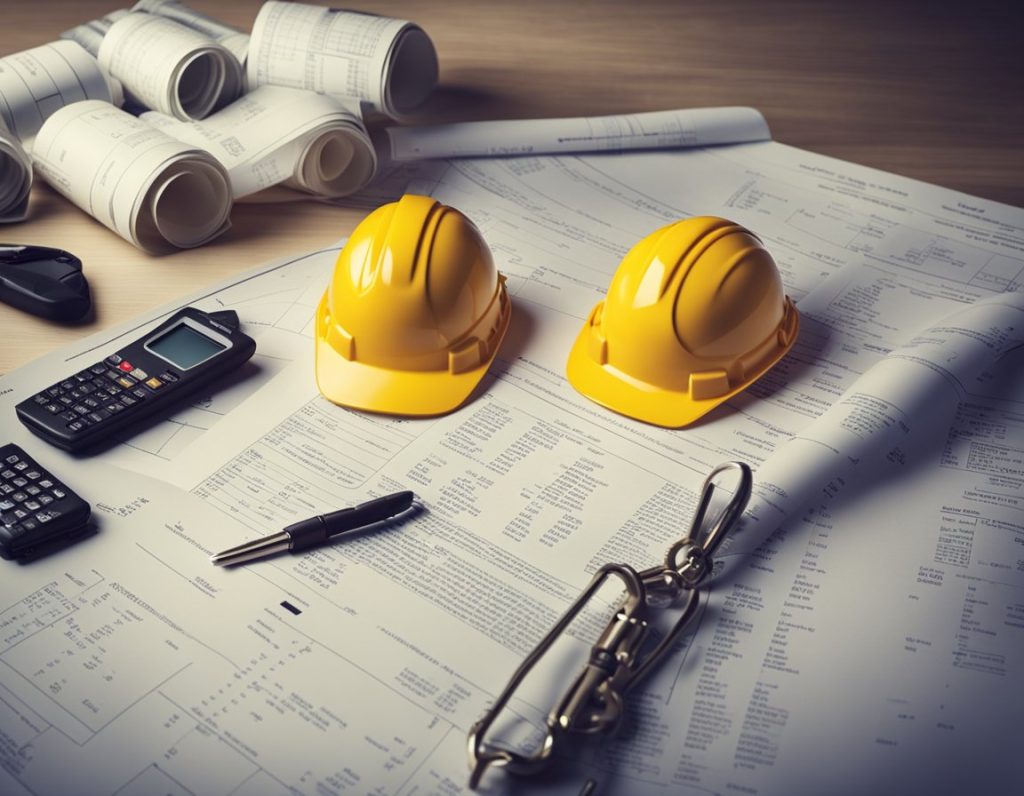
Our Roofing Services
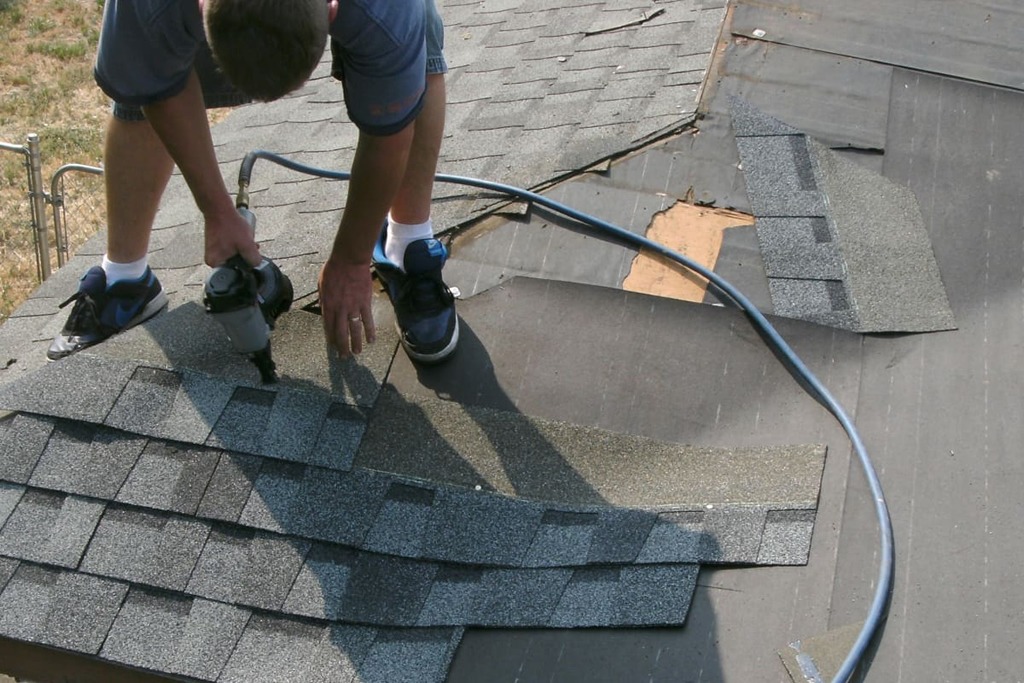
Roofing Repair

Roofing Inspection
Regular roofing inspections are crucial for detecting potential issues early and ensuring your roof remains in good condition. Boston Roofing offers detailed roof inspection services that assess the overall health of your roof. Our thorough inspections made by our Engineer Mr. Souza help identify areas of concern, allowing for timely repairs and maintenance.
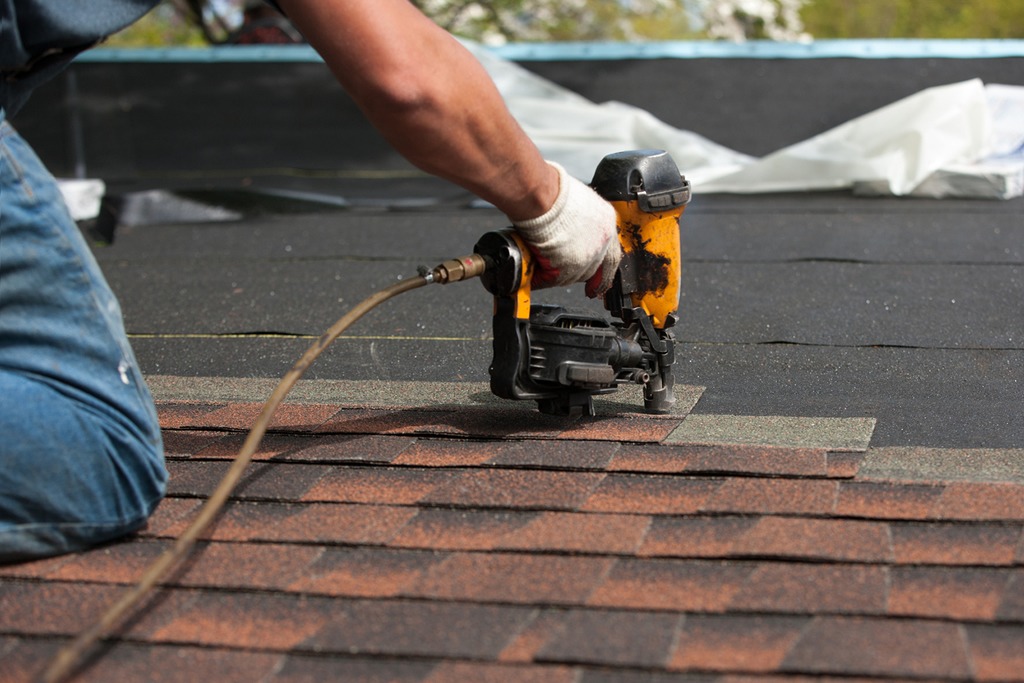
Roofing Replacement
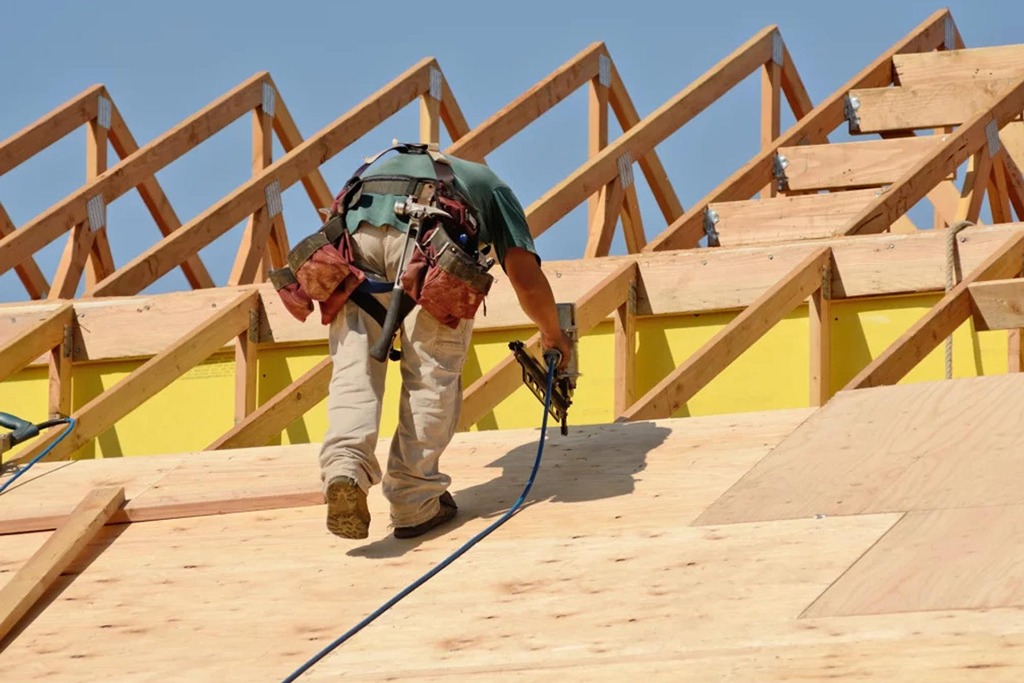
New Roofing Construction
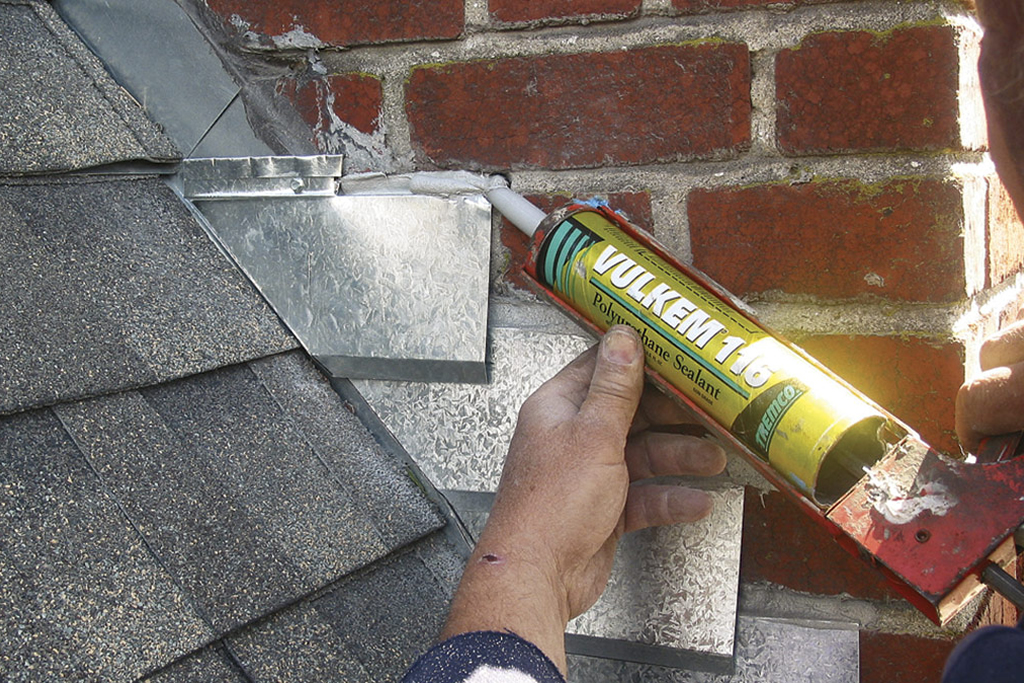
Waterproofing of Roofing and Chimneys
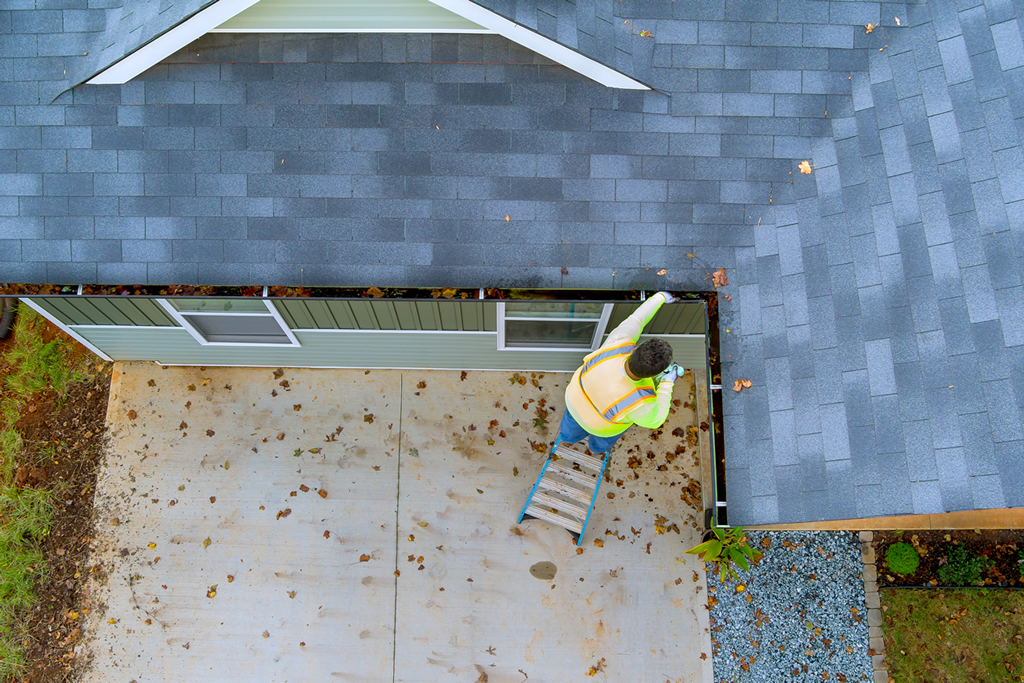
Gutter Cleaning
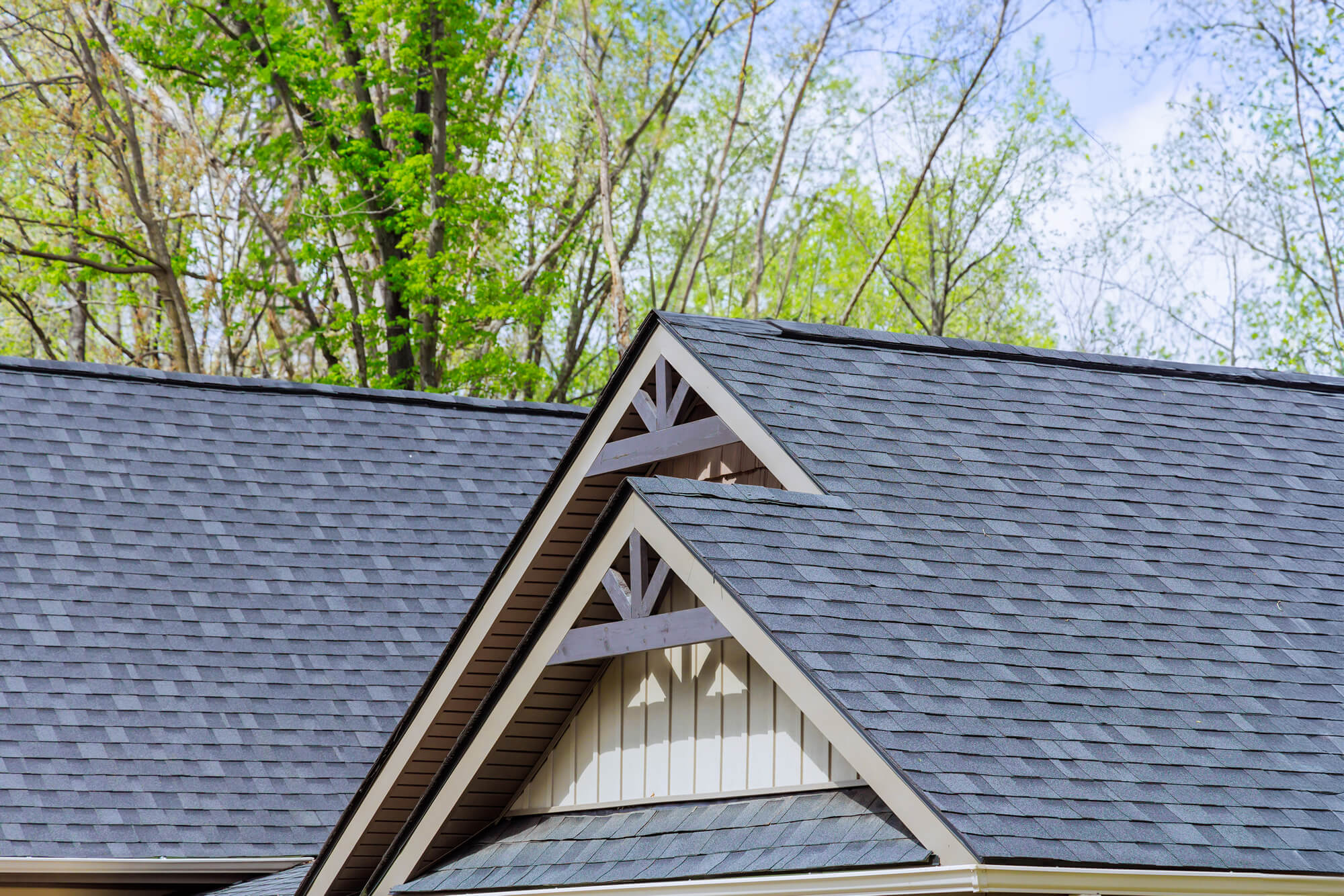
Why Asphalt Roofing?
Asphalt roofing is a popular choice for many Boston homeowners due to its affordability, durability, and versatility. It offers excellent protection against harsh weather conditions and can be customized to complement the style of any home. Additionally, asphalt shingles are easy to maintain and repair, making them a cost-effective roofing solution.
Service Areas
Boston Roofing proudly serves Boston and the surrounding areas, including Cambridge, Brookline, Somerville, Revere, Everett, Malden and Quincy. No matter where you are located in the Greater Boston area, we are ready to assist with all your roofing needs.
- Our Blog
Latest Posts
Keep up to date with our latest news and blog posts.
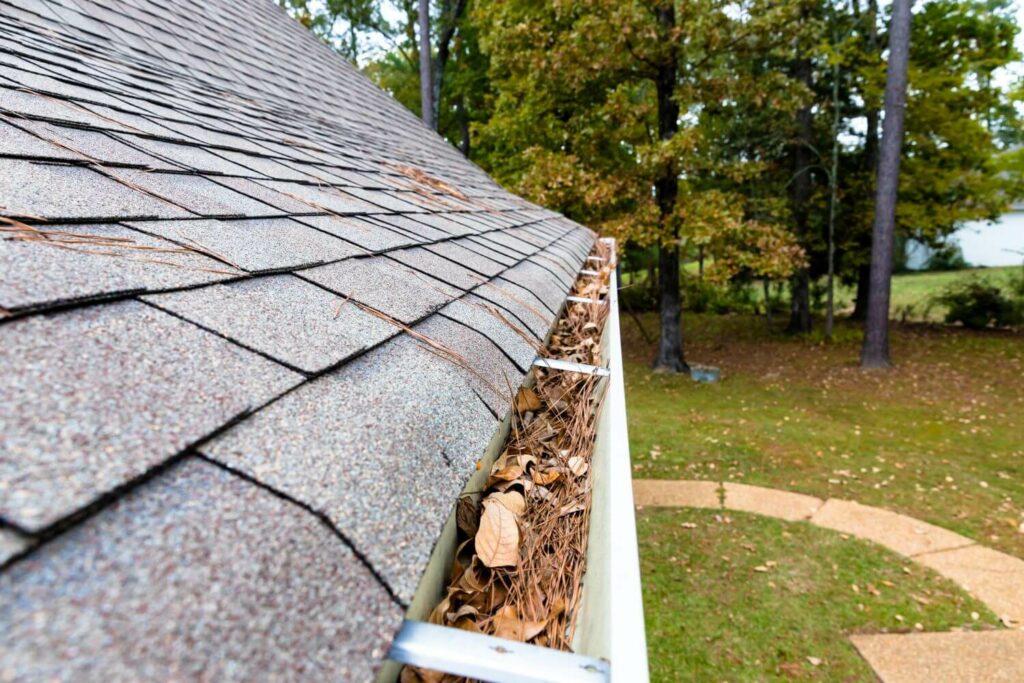
The evolution of Boston’s roofs over time
The Origins of Roofing in Boston: A Historical Perspective When exploring the architectural history of Boston, one can’t overlook the fascinating evolution of roofing in the city.
The Origins of Roofing in Boston: A Historical Perspective
When exploring the architectural history of Boston, one can’t overlook the fascinating evolution of roofing in the city. From colonial times to the present day, the roofs of Boston have not only provided shelter but also reflected the changing styles, technologies, and needs of its residents.
Early Colonial Roofs
The earliest settlers in Boston brought with them European building traditions, adapting them to the New England climate. The first roofs were primarily thatched, using local materials such as reeds and straw. These thatched roofs were replaced over time with more durable wooden shingles, a common choice due to the abundant forests in the region.
Common Roof Problems and Solutions
Understanding the common issues that affect roofs and knowing how to address them is vital for every homeowner. Here are the most frequent problems and their respective solutions:
18th and 19th Century Developments
As Boston grew into a bustling port and urban center in the 18th century, the demand for more robust and fire-resistant roofing materials increased. Slate roofing became popular during this period, imported from quarries in Vermont and Pennsylvania. Slate was prized for its durability and fire-resistant properties, making it an ideal choice for the densely packed wooden buildings of colonial Boston.
The 19th century saw the rise of industrialization, which brought significant changes to Boston’s roofing landscape. The development of asphalt shingles in the late 1800s revolutionized roofing, offering a cost-effective and durable alternative to traditional materials. Asphalt quickly became the material of choice for many residential buildings, a trend that continues to this day.
Architectural Influences
Boston’s rich architectural history has also influenced its roofing styles. The city boasts a variety of architectural styles, each with distinct roofing characteristics. The Georgian and Federal styles, popular in the 18th and early 19th centuries, featured simple, symmetrical roofs often covered with wooden shingles or slate. The Victorian era introduced more elaborate roof designs, including gables and turrets, often adorned with decorative slate patterns.
The 20th century brought modern architectural styles to Boston, with flat and low-pitched roofs becoming more common in commercial buildings. Advances in roofing technology have allowed for more innovative designs and materials, such as metal roofing and green roofs, which offer sustainability benefits.
Modern Roofing in Boston
Today, Boston’s roofing industry continues to evolve, blending traditional craftsmanship with modern technology. Homeowners and businesses have a wide range of options, from classic slate and shingle roofs to contemporary metal and solar roofs. The focus on sustainability and energy efficiency has also led to the growing popularity of green roofs and solar panel installations.
Why Understanding Boston’s Roofing History Matters
Understanding the origins and evolution of roofing in Boston provides valuable insights into the city’s architectural heritage and cultural development. It highlights the ingenuity and adaptability of its residents, who have continually improved their homes and buildings to meet changing needs and challenges.
Conclusion
The history of roofing in Boston is a testament to the city’s rich architectural legacy and its ability to innovate and adapt. From the early thatched roofs of the colonial period to the modern, energy-efficient solutions of today, Boston’s roofs tell the story of a city that values both tradition and progress. Whether you’re a homeowner looking to preserve the historical character of your property or a business seeking cutting-edge roofing solutions, Boston offers a wealth of options to suit your needs.
For more information on modern roofing solutions in Boston, visit: https://bostonroofing.net/
Testimonials
"Boston Roofing did an incredible job on our roof replacement. The team was professional, timely, and the quality of work was excellent. For the best roofing in Boston, Massachusetts, Boston Roofing is the top choice."
Jessica Martinez
"I highly recommend Boston Roofing for any roofing needs. They were efficient, reliable, and provided exceptional service. If you're searching for roofing in Boston, MA, this is the company to trust."
Christopher Anderson
Our new roof was installed by Boston Roofing and overseen by Engineer Mr. Souza. His work was exceptional and thorough. For quality roofing in Boston, MA, you can't go wrong with Boston Roofing."
Sarah Davis
"Our experience with Boston Roofing was fantastic. The crew was skilled and respectful, and our new roof looks amazing. For roofing in Boston, Massachusetts, I would definitely choose Boston Roofing again."
Amanda Thomas
"Boston Roofing provided top-notch service from start to finish. The team was professional and the results exceeded our expectations. For anyone looking for roofing in Boston, MA, Boston Roofing is highly recommended."
Matthew Jackson
"Engineer Mr. Souza and the team at Boston Roofing provided outstanding service. The new roof looks great, and Mr. Souza expertise was evident. For anyone in Boston, Massachusetts needing roofing work, Boston Roofing is the way to go."
David Wilson
"We are very pleased with the work done by Boston Roofing. They were professional, timely, and delivered excellent results. For roofing in Boston, Massachusetts, Boston Roofing is the best."
Ashley White
"We had an excellent experience with Engineer Mr. Souza and Boston Roofing. Mr. Souza knowledge and commitment to quality made a huge difference. If you're in Boston, Massachusetts, and need roofing services, they are the best."
Michael Brown
"Boston Roofing replaced our roof, and we couldn’t be happier with the results. The team was fantastic and the quality of work was outstanding. If you’re in Boston, MA, and need roofing, they are the best."
Joshua Harris
"I’m very pleased with the work done by Boston Roofing. The team was professional and efficient, and our roof looks great. For excellent roofing in Boston, Massachusetts, Boston Roofing is the top choice."
Elizabeth Clark
"Engineer Mr. Souza from Boston Roofing did an amazing job on our new roof. His attention to detail and professionalism were top-notch. For anyone needing roofing in Boston, MA, Boston Roofing is the company to call."
Emily Johnson
"We had an excellent experience with Boston Roofing. The crew was skilled and completed the job on time. For the best roofing in Boston, MA, call Boston Roofing."
Andrew Lewis
"Boston Roofing exceeded our expectations with their exceptional service. The team was professional and the new roof looks perfect. For quality roofing in Boston, Massachusetts, choose Boston Roofing."
Megan Robinson
"Our new roof was installed by Boston Roofing and we are thrilled with the results. The team was professional and thorough. For reliable roofing in Boston, MA, Boston Roofing is the way to go."
Daniel Walker
Managing DirectorBoston's Top Choice for Reliable and Affordable Asphalt Roofing Services
For reliable, professional, and affordable asphalt roofing services in Boston, trust the experts at Boston Roofing. With our extensive experience, quality materials, and dedication to customer satisfaction, we are your go-to choice for all your asphalt roofing needs. Protect your home with a durable and resistant asphalt roof—reach out to Boston Roofing today!
- Fast & Free Estimate
Contact Boston Roofing Today
Ready to enhance your home with high-quality asphalt roofing?
Contact Boston Roofing today for a free consultation and estimate. Call us at (857) 312-0666 or visit our website at https://bostonroofing.net
